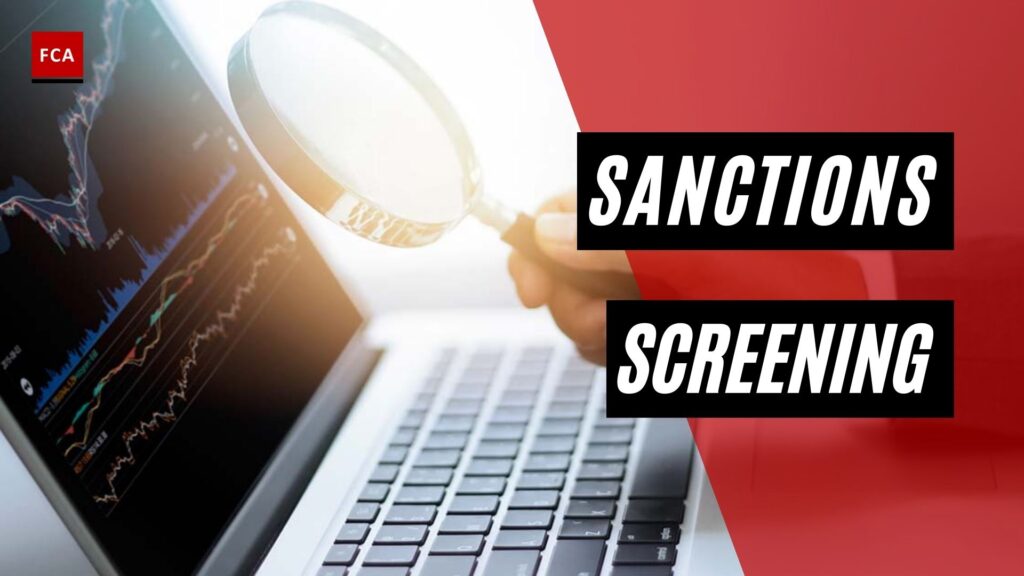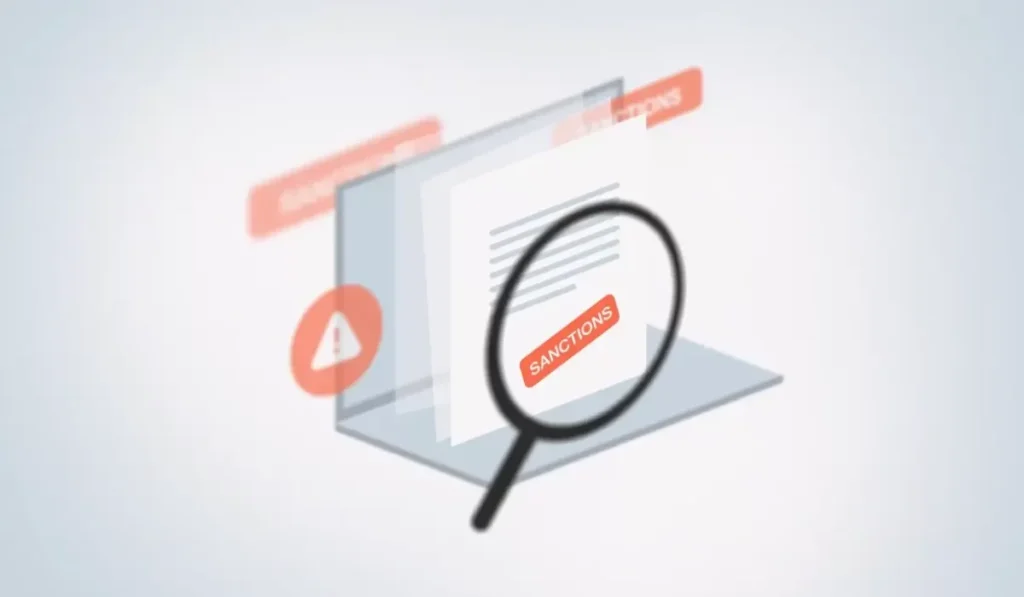The complex transactional environment and unauthorized financial operations require companies to put into place effective sanctions to overcome the legal consequences. Sanction screening and regulations reinforce government guidelines that facilitate the identification of illegal activities. For instance, approximately 9,300 sanctions were imposed on Russian individuals in 2024, which resulted in economic bans and asset disclosure. Although these restrictions are critical for maintaining financial stability, an extensive amount of global sanction lists and varying regulations create challenges in compliance with international laws. Therefore, a streamlined global sanction screening process is necessary to understand the complexities of a country’s financial structure.

Guide to a Regulated Sanction Screening Process
To comply with effective sanction screening and regulations, it is important to walk through a step-by-step guideline that facilitates a detailed analysis of the sanctioned individuals and stimulates the identification of illegal business practices. Initially, the anti-money laundering and sanction analysts must accumulate all the critical information regarding the entity’s previous business activities, transactional activities, and organizational partners.
The collected information must be verified against credible resources. This enhances the authenticity of the sanction screening results as they ensure the precise identification of illegal entities while reducing the occurrence of false positives. Once the data is authorized, examiners use automated sanction screening modules to undertake the customer’s identification process. These solutions provide instant screening results, which boost the identification of sanctioned entities within the scope of a few minutes.
Understanding Sanction Screening and Regulations – An Extensive Analysis
Sanction screening and regulations underline a thorough examination of customers’ identity details and transactional practices. During this process, these potential customers and clients are examined against several sanctioned lists in order to ensure protection from money laundering and related financial crimes. The ultimate aim of these sanction screening and regulations is to minimize the negative impact associated with undesirable transactional activities.
Additionally, adherence to the sanction screening operations enhances an organization’s compliance with the anti-money laundering laws. This practice specifically attempts to minimize the organization’s vulnerability to reputational damages. Furthermore, some of the most common sanctions are mentioned below:
- Targeted Sanctions: These sanctions focus on the restriction of transactional practices with risky entities that are mentioned in global sanction lists.
- Comprehensive Sanctions: This sanction restricts all economic, military, and financial trade with a particular country due to illicit concerns.
- Sectoral Sanctions: As this name suggests, sectoral sanctions aim to restrict transactions with specific sectors vulnerable to illegal activities.

Critical Components of Global Sanctions Screening Lists
Sanction screening and regulations continuously evolve as new entities are regularly added and subtracted from the lists. This complex nature of evolving sanction lists stresses the implementation of an effective process that is based on the nation’s financial and economic structure. Here are some of the most critical sanction bodies:
| OFAC Sanction Body The Office of Foreign Assets Control (OFAC) has established a sanction list that targets all the United States’s citizens and entities that are associated with the US organizations in one way or another. HM Treasury Sanction Body These sanction screening and regulations are targeted towards all the entities that operate within the United Kingdom’s financial and economic territory. EU and UN Sanction Bodies These sanction lists thoroughly analyze the corporate entities that exist within the European countries and United Nations states. |
Red Flags Undermining the Effectiveness of Sanctions List Screening
Oftentimes, examiners face severe threats of false negatives and false positives due to the under and over-evaluation of sanction lists, which disrupts the credibility of the sanction screening and regulations. Additionally, the reliance on third parties for screening purposes leads to delayed and inaccurate results.
Sanction screening faces the obstacle of divergence due to the inconsistent alignment of sanctioned entities under various regional regulations. If all the entities are not recognized as illicit among all the regulatory bodies, it creates disruption in the overall sanction screening module.

Overcoming the Regulatory Challenges with Automated Sanctions Screening
To combat the challenges of prevailing sanction screening and regulations, businesses must base their screening on the most accurate and reliable sanction sources that are clear about the classification of the sanctioned entities. Additionally, organizations must utilize the latest sanction screening practices.
This allows the analysts to conduct extensive batch screening without the occurrence of false positives and false negatives. Businesses must focus on the accumulation of accurate data that is verified through extensive KYC and AML guidelines.
Concluding Remarks
Sanction screening and regulations facilitate a risk-based restriction approach through which the examiners identify the presence of illicit entities in real-time. These practices ensure a detailed analysis of all the illicit entities that may be involved in money laundering and related financial criminalities.
Additionally, sanction screening regulations allow businesses to regulate their country’s financial and economic framework. This ensures an effective screening of entities that are mentioned in sanction lists due to their illicit past transactional and financial operations.







